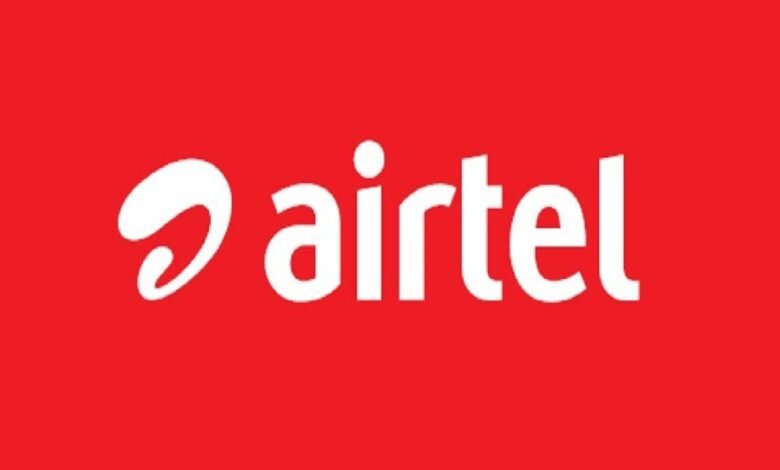
Airtel Africa plc has kicked off its new fiscal year with a robust set of numbers that sweeping improvements in customer acquisition, data monetisation, and mobile-money expansion. The three-month period ended 30 June 2025 (FY2026 Q1) saw gains almost everywhere that matters—top line, EBITDA, earnings per share, and free cash flow—offering investors a clear signal that the telco’s cost-efficiency drive and network investments are paying off despite macroeconomic headwinds in several of its 14 sub-Saharan markets.
Key Headlines
- Group revenue climbed 22.4% in reported currency to $1,415 million, or 24.9% on a constant-currency basis.
- EBITDA rose 29.8% to $679 million, lifting the margin 276 basis points to 48.0%.
- Profit after tax jumped more than five-fold to $156 million as derivative and FX losses subsided.
- Total customer base expanded 9.0% to 169.4 million, with data subscribers up 17.4% to 75.6 million.
- Airtel Money customers increased 16.1% to 45.8 million, driving a 35% surge in annualised transaction value to $162 billion.
- Operating free cash flow leapt 48.4% to $558 million, supported by lower capex timing (down 17.7% to $121 million).
Why the Numbers Matter
Data Takes Centre Stage
Data revenue soared 34.1% in reported terms and 38.1% in constant currency, contributing 46.1% of mobile service revenue versus 41.5% a year earlier. Usage per customer hit 7.8 GB monthly, reflecting a 47.4% jump in total traffic and a 4.3 percentage-point rise in smartphone penetration to 45.9%. Management credits continued 4G roll-outs—coverage now reaches 74.7% of the population—and 1,479 live 5G sites across five countries.
Mobile Money Momentum
Mobile money revenue pushed ahead 31.0% to $290 million. Average revenue per user (ARPU) grew 11.3% in constant currency to $2.1, while transaction value per customer rose 14.9% to $298 per month. The business now accounts for 20.5% of group revenue, and management views expanding use-cases—from bill payments to micro-loans—as a key engine for inclusive growth in its markets.
Regional Highlights
| Region | Revenue Q1 ’26 ($m) | YoY Reported Change | YoY Constant Change | EBITDA Margin | Key Driver |
|---|---|---|---|---|---|
| Nigeria | 333 | 30.0% | 48.9% | 55.6% | Tariff adjustment and 60.3% constant-currency data revenue growth |
| East Africa | 670 | 20.9% | 20.3% | 51.9% | 18.3% data customer growth and Ugandan shilling strength |
| Francophone Africa | 411 | 19.2% | 16.4% | 44.2% | CFA appreciation and 41.9% constant data surge |
Management Commentary
Chief executive Sunil Taldar highlighted the “relentless focus on digitisation and customer experience,” pointing to the AI-powered Spam Alert feature and a network expansion of 2,300 new sites and 2,700 km of fibre in the quarter. He also flagged the share-buyback programme (7.1 million shares repurchased for $16.9 million as of 30 June) and the debt-localisation drive that has pushed 95% of OpCo borrowings into local currencies.
Capital Allocation and Balance-Sheet Watch
- Leverage ticked up to 2.2× net debt-to-EBITDA owing to a $1.3 billion increase in lease liabilities linked to tower contract renewals.
- Lease-adjusted leverage, however, remained flat at 0.9×, a metric management says better reflects market-debt exposure.
- FY2026 capex guidance is unchanged at $725-$750 million, with spending skewed toward 4G densification, 5G pilots, and fibre backhaul.
Macro and Risk Considerations
Airtel Africa continues to battle currency volatility, notably in Nigeria where naira weakness cut reported-currency revenue growth to 30.0% versus 48.9% constant-currency. Management estimates a further 1% US-dollar appreciation across its markets would shave $49-$51 million off revenue and $24-$26 million off EBITDA over 12 months, with Nigeria contributing roughly one-third of the hit.
Other principal risks outlined include aggressive competition, evolving regulation, cybersecurity threats, and supply-chain pressures on network equipment.
Outlook
With smartphone penetration still below 50% and mobile money customers representing only 27.0% of Airtel’s total subscriber base, the company sees considerable headroom for further digital and financial-services adoption. The SpaceX Starlink partnership—live in nine countries pending five additional licences—is set to bolster high-speed connectivity in remote areas, potentially opening new revenue streams in enterprise, education, and healthcare segments.
Takeaway
Airtel Africa’s Q1 print underscores a business that is successfully converting network investment into higher-margin data and fintech revenues while containing costs. If currency markets cooperate, FY2026 could see the operator posting its strongest year since listing, reinforcing its strategic narrative of bridging Africa’s digital divide.







